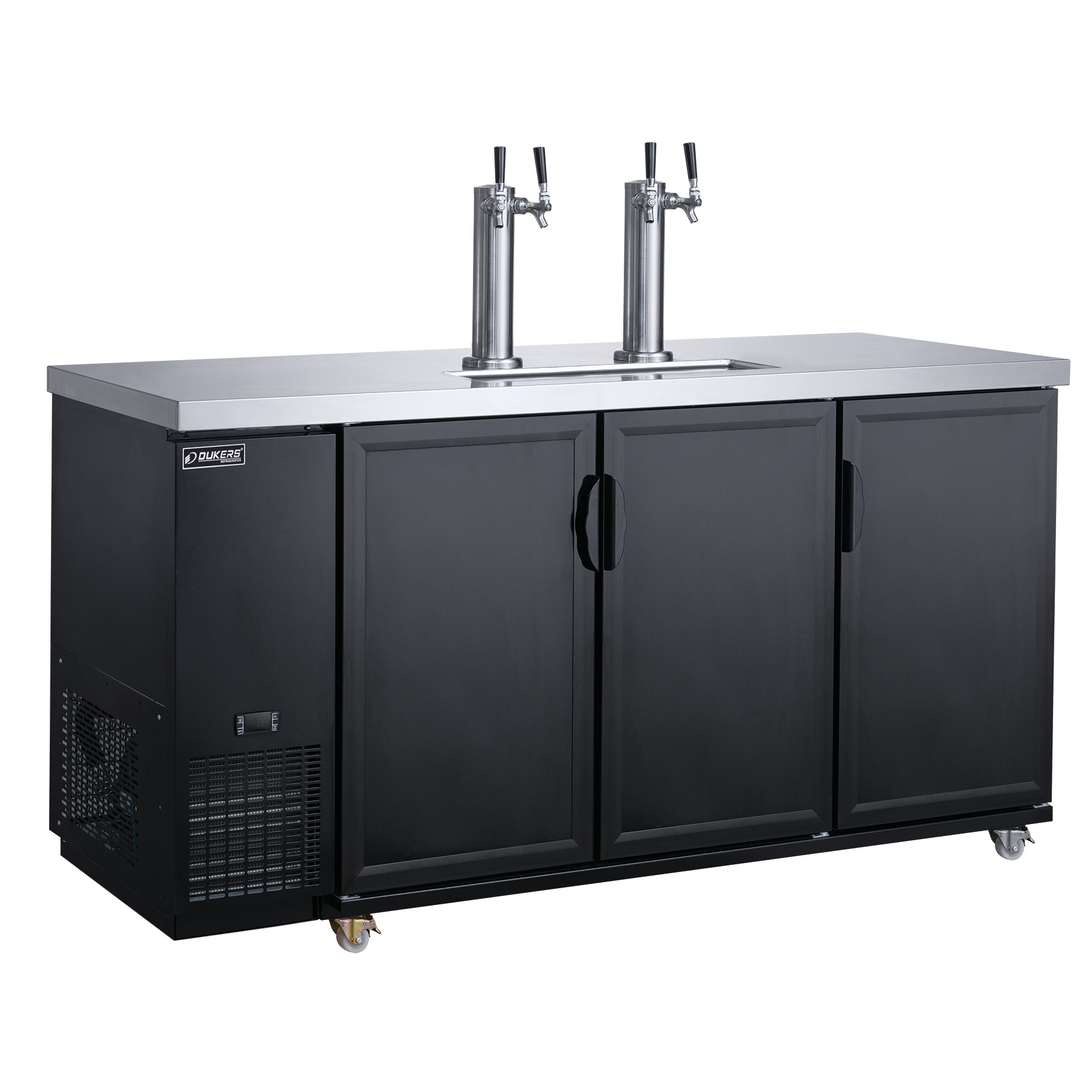

Articles
How To Two Tap Kegerator
Modified: March 1, 2024
Learn how to set up a two-tap kegerator and get the best articles on kegerators and beer dispensing methods for an optimal homebrewing experience.
(Many of the links in this article redirect to a specific reviewed product. Your purchase of these products through affiliate links helps to generate commission for Storables.com, at no extra cost. Learn more)
Introduction
Welcome to the wonderful world of kegerators! Whether you’re a beer enthusiast, a homebrewer, or simply someone who enjoys the convenience and cost-saving benefits of having draft beer at home, a kegerator is a fantastic addition to your setup. In this article, we will explore how to set up a two-tap kegerator to ensure that you can pour your favorite brews with precision and style.
A kegerator is essentially a refrigerator that is customized to hold and dispense kegs of beer. By having a kegerator at home, you can take advantage of all the benefits of draft beer, such as the freshness, the perfect carbonation, and the economical aspect of buying kegs instead of individual bottles or cans. Plus, let’s not forget the satisfaction of being able to serve your friends and family a pint of their favorite beer straight from the tap!
Before we dive into the installation process, it’s important to have a basic understanding of how kegerators work. Essentially, a kegerator consists of a refrigeration unit, beverage and gas lines, CO2 tank, pressure regulator, and faucets. The kegerator keeps the beer cold at the desired temperature while the CO2 provides the necessary pressure for dispensing the beer. When you’re ready to pour, simply manipulate the faucet handle to release the beer into your glass.
Now, let’s look at the components needed to set up a two-tap kegerator:
Key Takeaways:
- Master the art of setting up a two-tap kegerator to enjoy the convenience and freshness of draft beer at home. Understand the components, regulate temperature, and troubleshoot common issues for a perfect pour every time.
- Elevate your homebrewing experience with a well-maintained kegerator. Learn to connect and clean beer lines, regulate temperature, and troubleshoot issues to ensure optimal carbonation and flavor. Cheers to perfectly poured pints of draft beer!
Read also: 15 Incredible Two Tap Kegerator For 2024
Understanding Kegerators
Before diving into the installation process, it’s essential to have a good understanding of the various components that make up a kegerator. This knowledge will not only help you set up your kegerator correctly but also troubleshoot any issues that may arise later on.
1. Refrigeration Unit: The heart of the kegerator, the refrigeration unit keeps the beer at the optimal temperature. It’s crucial to ensure that your kegerator has a reliable and adjustable temperature control system to maintain the desired temperature for your beer.
2. Beverage Lines: These are the tubes that connect the keg to the faucet. They transmit the beer from the keg to the faucet, maintaining the proper temperature and carbonation level. It’s important to use food-grade beverage lines to prevent any off-flavors or contamination.
3. Gas Lines: The gas lines connect the CO2 tank to the keg’s gas inlet. They deliver the appropriate amount of CO2 pressure to the keg for dispensing. It’s crucial to use the correct diameter of gas lines to ensure an adequate flow of CO2.
4. CO2 Tank: The CO2 tank is responsible for providing the pressure needed to push the beer from the keg to the faucet. It’s essential to have a CO2 tank that is filled with food-grade CO2 and equipped with a pressure regulator to control the amount of pressure applied to the keg.
5. Pressure Regulator: The pressure regulator is attached to the CO2 tank and controls the flow and pressure of the CO2 into the keg. It allows you to adjust the carbonation level and pressure to match the specific requirements of the beer you’re serving.
6. Faucets: These are the dispensing points of your kegerator. The faucets are responsible for releasing the beer into your glass when you open the tap handle. It’s essential to choose high-quality faucets that are easy to clean and maintain.
By understanding these key components, you’ll be better equipped to set up and maintain your two-tap kegerator. In the next section, we’ll walk you through the step-by-step installation process.
Components Needed
Before you start the installation process, it’s important to gather all the necessary components for your two-tap kegerator setup. Having everything at hand will make the installation process smoother and more efficient. Here are the essential components you’ll need:
- Kegerator: The kegerator itself is the base unit that will house and cool your kegs. There are various options available in the market, ranging from compact countertop units to freestanding units with multiple taps. Choose a kegerator that suits your needs and fits the space you have available.
- Kegs: You’ll need at least two kegs for your two-tap kegerator setup. Choose your favorite beers or consider homebrewing your own beer to have a personalized selection on tap. Ensure that the kegs are compatible with the kegerator you’ve chosen.
- CO2 Tank: A CO2 tank is necessary to provide the pressure for dispensing the beer. The size of the CO2 tank will depend on your usage and preferences. Common sizes include 5-pound and 10-pound tanks. Ensure that the CO2 tank is filled with food-grade CO2.
- CO2 Regulator: The CO2 regulator is essential for controlling the pressure of the CO2 gas entering the keg. It allows you to adjust the carbonation level and pressure to match the specific requirements of the beer you’re serving. Choose a high-quality regulator that is compatible with your CO2 tank.
- Beverage and Gas Lines: You’ll need food-grade beverage and gas lines to connect the kegs to the faucets and CO2 tank, respectively. These lines should be the appropriate length for your kegerator setup and made of materials suitable for contact with food and beverages.
- Faucets and Shank Assemblies: The faucets are crucial components for dispensing the beer from the kegs. Choose high-quality faucets that are durable and easy to clean. Shank assemblies are used to connect the faucet to the beverage lines. Ensure that the shank assemblies are compatible with the kegerator and faucets you’ve chosen.
- Cleaning Kit: Keeping your kegerator and beer lines clean is essential for maintaining the quality and taste of your draft beer. Invest in a cleaning kit that includes appropriate cleaning agents, brushes, and other tools necessary for regular maintenance.
By gathering all these components beforehand, you’ll have everything you need to complete the installation process smoothly. Once you have the necessary components, you’re ready to move on to the next step: the actual installation process.
Installation Process
Now that you have all the necessary components for your two-tap kegerator setup, it’s time to start the installation process. Follow these step-by-step instructions to ensure a successful installation:
- Prepare the kegerator: Before you begin, make sure your kegerator is clean and dry. Remove any accessories or shelves that may obstruct the installation process.
- Position the CO2 tank: Find a suitable location inside the kegerator to place the CO2 tank. Make sure it is secure and stable. Connect the gas line from the CO2 tank to the regulator.
- Connect the beverage lines: Connect the beverage lines to the kegs. Ensure that the lines are properly seated on the keg couplers. Attach the other end of the beverage lines to the shank assemblies or faucet connectors.
- Install the faucets: Attach the faucets to the shank assemblies or faucet connectors. Make sure they are securely tightened, but avoid over-tightening as it can damage the components.
- Set up the CO2 regulator: Adjust the pressure on the CO2 regulator according to the recommended carbonation level for the beer you’re serving. Refer to the beer’s guidelines or consult a reliable source for the appropriate pressure settings.
- Connect the gas line: Connect the gas line from the regulator to the keg couplers. Double-check that all connections are tight and secure.
- Double-check the connections: Take a moment to inspect all the connections, ensuring that they are properly seated and tightly secured. Any loose connections can lead to leakages or inconsistent beer flow.
Once you’ve completed these steps, give your kegerator some time to cool down and stabilize. This ensures that the beer is served at the optimal temperature and carbonation level. It’s recommended to wait at least 24 hours before pouring your first beer to allow the kegerator to reach the desired temperature.
During the installation process, it’s important to refer to the manufacturer’s guidelines and instructions for your specific kegerator model. This will ensure that you adhere to any specific recommendations or requirements for your kegerator setup.
Next up, we’ll discuss how to properly set up and regulate the CO2 system in your kegerator to ensure smooth dispensing and carbonation of your delicious draft beer.
Setting Up the CO2 System
The CO2 system is a crucial component of your kegerator setup as it provides the necessary pressure to dispense your favorite beers. Properly setting up and regulating the CO2 system is essential to ensure a smooth pouring experience and optimal carbonation. Follow these steps to set up your CO2 system:
- Attach the CO2 tank: Ensure that the CO2 tank is securely fastened to the kegerator and in an upright position. Use an adjustable wrench to tighten the CO2 tank to the regulator.
- Adjust the regulator pressure: Locate the pressure adjustment knob on the CO2 regulator. Turn it slowly to increase or decrease the pressure. Refer to the recommended pressure for the specific beer you’re serving or consult a reliable source for general pressure guidelines.
- Check for leaks: With the CO2 tank turned on, inspect all connections for any signs of leakage. Apply a mixture of dish soap and water to the connections and look for bubbles. Tighten any loose connections to eliminate leaks.
- Prime the system: To ensure a smooth flow of CO2 into the system, “prime” the system by activating the gas line by briefly turning on the CO2 tank. This will remove any air trapped in the lines and ensure the CO2 is flowing properly.
- Monitor and adjust: After initial setup, monitor the pressure gauge on the regulator regularly to ensure it remains stable. Make adjustments as necessary to maintain the desired pressure level.
- Regulate temperature: Keep in mind that temperature affects the level of carbonation. Adjust the temperature control of your kegerator to maintain the optimal temperature for the beer style you’re serving. Cooler temperatures will result in more carbonation, while warmer temperatures will lead to less carbonation.
It’s important to note that every beer style has its own recommended carbonation level and serving pressure. Refer to the specific guidelines for the beer you’re serving or consult a reliable source to ensure you’re serving your beer at the correct carbonation level.
Keep a close eye on the CO2 tank level, and have a spare CO2 tank on hand to avoid running out of gas during a gathering or event. Regularly inspect the system for any signs of leaks or issues and address them promptly to ensure the continuity of smooth beer dispensing.
With the CO2 system successfully set up, your kegerator is now ready for use. Next, we’ll discuss the importance of connecting and cleaning the beer lines to maintain the quality and taste of your draft beer.
When setting up a two tap kegerator, make sure to balance the pressure for both taps to ensure a consistent pour. Use a CO2 regulator to adjust the pressure for each keg individually.
Read more: How To Connect A Tap To A Kegerator
Connecting and Cleaning the Beer Lines
The proper connection and regular cleaning of beer lines are crucial for maintaining the quality and taste of your draft beer. By ensuring a clean and sanitary beer line system, you can prevent any off-flavors or contamination that may affect the flavor of your brews. Follow these steps to connect and clean your beer lines:
- Connect the beverage lines: Connect the beverage lines from the kegs to the shank assemblies or faucet connectors. Ensure that the lines are securely attached and free from any kinks or obstructions.
- Purge the lines: Before serving your first beer, it’s important to purge the lines to eliminate any air trapped in the system. To do this, open the faucet and allow the beer to flow through the lines for a few seconds until any air bubbles are cleared.
- Flush the lines: Regularly flush the lines between kegs or when switching to a different beer. This prevents flavor carryover and ensures a clean and fresh taste. To flush the lines, run a cleaning solution or water through the lines until the liquid coming out is clear from any residue or discoloration.
- Clean the lines: Periodically, it’s important to thoroughly clean the beer lines to remove any buildup of bacteria, yeast, or sediment. Use a beer line cleaning kit specifically designed for this purpose. Follow the instructions provided with the cleaning kit to ensure proper and effective cleaning.
- Rinse the lines: After cleaning the lines, rinse them thoroughly with clean water to remove any traces of the cleaning solution. Rinse until the water coming out of the lines is clear and free from any residue.
- Sanitize the lines: Prior to connecting a new keg or after a thorough cleaning, sanitize the lines to eliminate any remaining bacteria or contaminants. Use a food-grade sanitizing solution and follow the instructions provided to ensure proper sanitization.
Regular maintenance and cleaning of the beer lines are essential for optimal performance and flavor of your draft beer. A clean beer line system will ensure that every pour is fresh, flavorful, and free from any off-flavors or contamination.
Remember, different beers may have different requirements for cleaning and maintenance. Consult the specific guidelines for the beers you’re serving or consult a reliable source for general recommendations on cleaning frequency and methods.
Now that your beer lines are connected and clean, let’s move on to regulating the temperature of your kegerator and ensuring your beers are served at the perfect temperature.
Regulating the Temperature
Regulating the temperature of your kegerator is crucial for ensuring that your beers are served at the perfect temperature for optimal taste and enjoyment. Each beer style has its own recommended temperature range, and it’s important to set your kegerator to match these specifications. Here’s how you can regulate the temperature:
- Refer to the beer guidelines: Consult the specific guidelines or recommendations for the beer styles you’re serving. Each beer style has an ideal serving temperature range, typically ranging from cooler temperatures for lagers and lighter beers to slightly warmer temperatures for ales and darker beers.
- Adjust the temperature control: Most kegerators have a temperature control dial or digital display that allows you to adjust the cooling temperature. It’s important to do this gradually and monitor the temperature to achieve the desired setting. Be patient, as it may take some time for the kegerator to reach and stabilize at the desired temperature.
- Use a thermometer: To ensure accurate temperature regulation, place a thermometer inside the kegerator to monitor the temperature. This will help you to adjust and fine-tune the temperature control dial as needed.
- Consider external factors: Keep in mind that external factors, such as the ambient temperature and the frequency of opening and closing the kegerator, can affect the internal temperature. Make sure to place the kegerator in a location with a stable ambient temperature and avoid excessive opening of the door.
- Regularly check and adjust: Once you have set the temperature, regularly check the thermometer to ensure that the kegerator is maintaining the desired temperature range. Make any necessary adjustments to the temperature control dial to maintain the optimal serving temperature.
By regulating the temperature of your kegerator according to the recommended guidelines, you can ensure that your beers are served at their best. The right temperature can enhance the flavors and aromas of the beer, providing a more enjoyable drinking experience.
Remember to allow for some variations in temperature preferences, as personal tastes may differ. Some beer enthusiasts may prefer their beers slightly colder or warmer than the recommended range. Experiment and find the temperature that best suits your palate.
Now that you have your kegerator set up, the temperature regulated, and your beers ready to be poured, let’s go over some troubleshooting tips to help you overcome any challenges you may encounter along the way.
Troubleshooting Tips
While setting up and maintaining a kegerator can be a rewarding experience, there may be times when you encounter some troubleshooting issues. Don’t worry! Here are some common problems that may arise and some tips to help you resolve them:
- Excessive foaming: If your beer is pouring with excessive foam, it usually indicates a temperature or pressure issue. Check that the temperature is within the recommended range for the beer style you’re serving. Additionally, ensure that the CO2 pressure is set correctly. Adjust the pressure if needed, and avoid overcarbonating the beer.
- Slow or no beer flow: If you’re experiencing slow or no beer flow, it may be due to a clogged beer line or faucet. Disassemble the faucet and clean it thoroughly, removing any obstructions or buildup. If the issue persists, check for any kinks or blockages in the beer lines. Clean or replace the lines as necessary.
- Off-flavors or strange taste: If your beer has off-flavors or a strange taste, it may be due to dirty beer lines or improper cleaning. Regularly clean and sanitize the beer lines to prevent bacteria or yeast growth. Also, ensure that your equipment, including faucets and keg couplers, is properly cleaned and maintained.
- Leaking connections: In the event of leaking connections, check all the fittings and connections in your kegerator. Ensure that they are tightened securely but avoid over-tightening, as it can damage the components. Apply a food-grade lubricant to the O-rings to create a tight seal and prevent leaks.
- Inconsistent carbonation: If you’re experiencing inconsistent carbonation levels, it may be due to temperature fluctuations or an improperly set CO2 pressure. Ensure that your kegerator maintains a stable temperature within the recommended range. Monitor and adjust the CO2 pressure as needed to maintain consistent carbonation.
Remember, troubleshooting is often a process of elimination. Start by checking the simplest and most common issues, such as temperature and pressure, before moving on to more complex problems. Refer to the manufacturer’s guidelines for your specific kegerator model and consult reliable sources for additional troubleshooting tips.
If you’re unable to resolve an issue on your own, don’t hesitate to seek assistance from a professional or reach out to the manufacturer for support. They can provide specialized advice and guidance to help you overcome any challenges you may encounter with your kegerator.
With these troubleshooting tips in mind, you’re now equipped with the knowledge and skills to overcome potential issues and enjoy your kegerator to the fullest. Cheers to perfectly poured pints of draft beer!
Conclusion
Congratulations! You’ve now learned how to set up and optimize a two-tap kegerator for a delightful draft beer experience at home. By understanding the various components, connecting and cleaning the beer lines, regulating the temperature, and troubleshooting any issues that may arise, you’re well on your way to becoming a kegerator expert.
A properly set up kegerator not only provides the convenience of having draft beer at your fingertips but also ensures that your beers are poured with precision, freshness, and the perfect carbonation. You can now proudly serve your favorite beers or even brew your own creations to share with family and friends.
Remember to pay attention to the guidelines for each beer style you serve, as different beers have specific temperature and carbonation requirements. Regular cleaning and maintenance of the beer lines will help preserve the quality and taste of your brews, while troubleshooting any issues promptly will keep your kegerator running smoothly.
Enjoy the satisfaction of pouring a refreshing pint of your favorite beer from your own personal tap. Explore new flavors, share your passion with others, and continue to refine your skills as you become more familiar with your kegerator setup.
Cheers to the joy of draft beer from the comfort of your own home!
Frequently Asked Questions about How To Two Tap Kegerator
Was this page helpful?
At Storables.com, we guarantee accurate and reliable information. Our content, validated by Expert Board Contributors, is crafted following stringent Editorial Policies. We're committed to providing you with well-researched, expert-backed insights for all your informational needs.
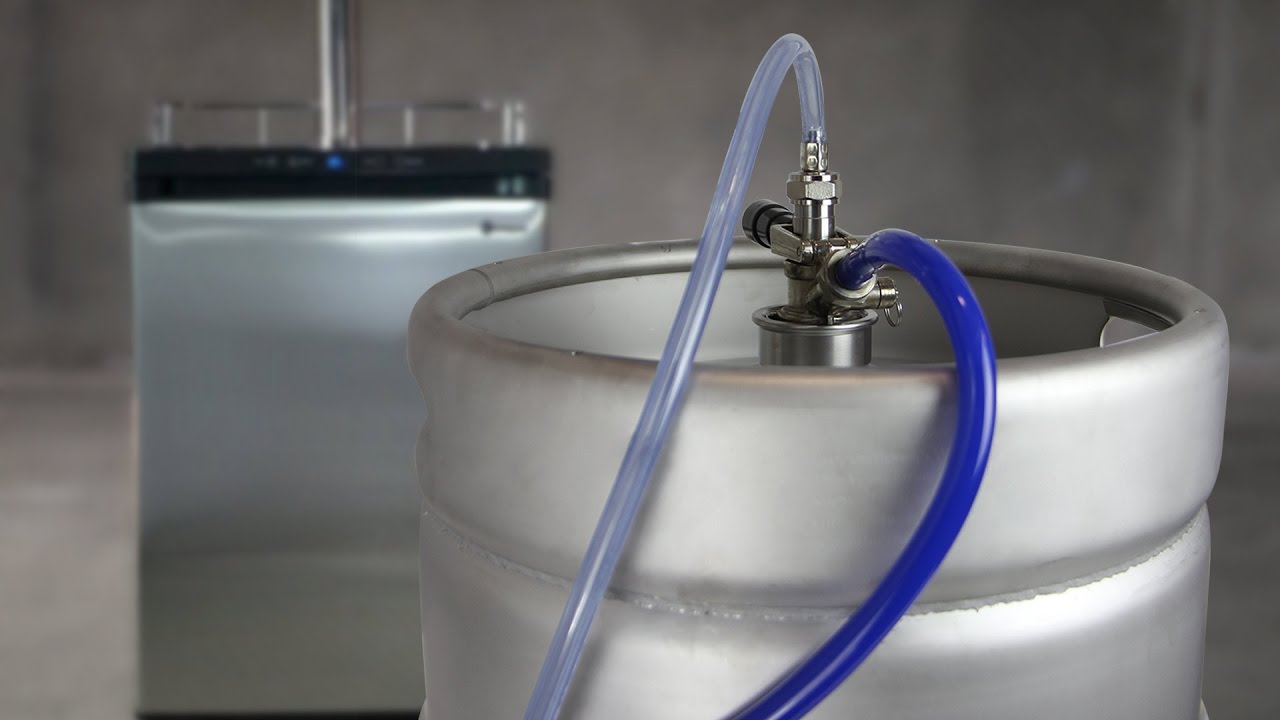
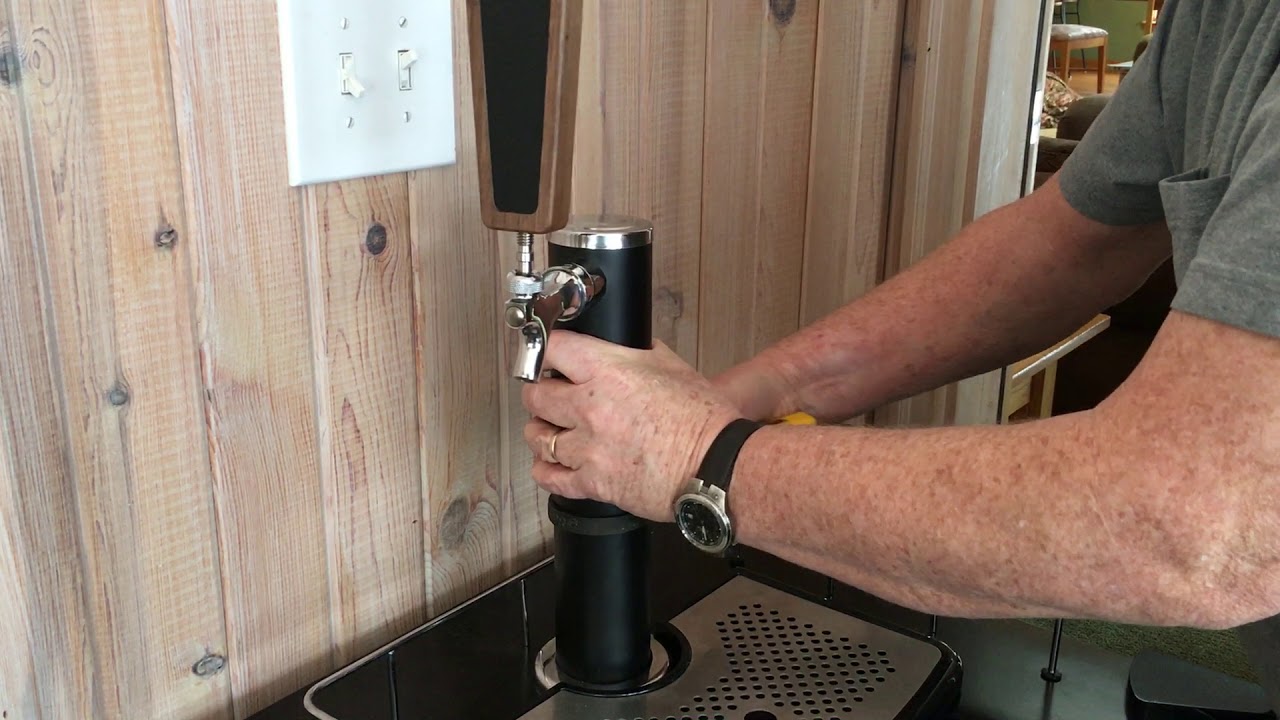
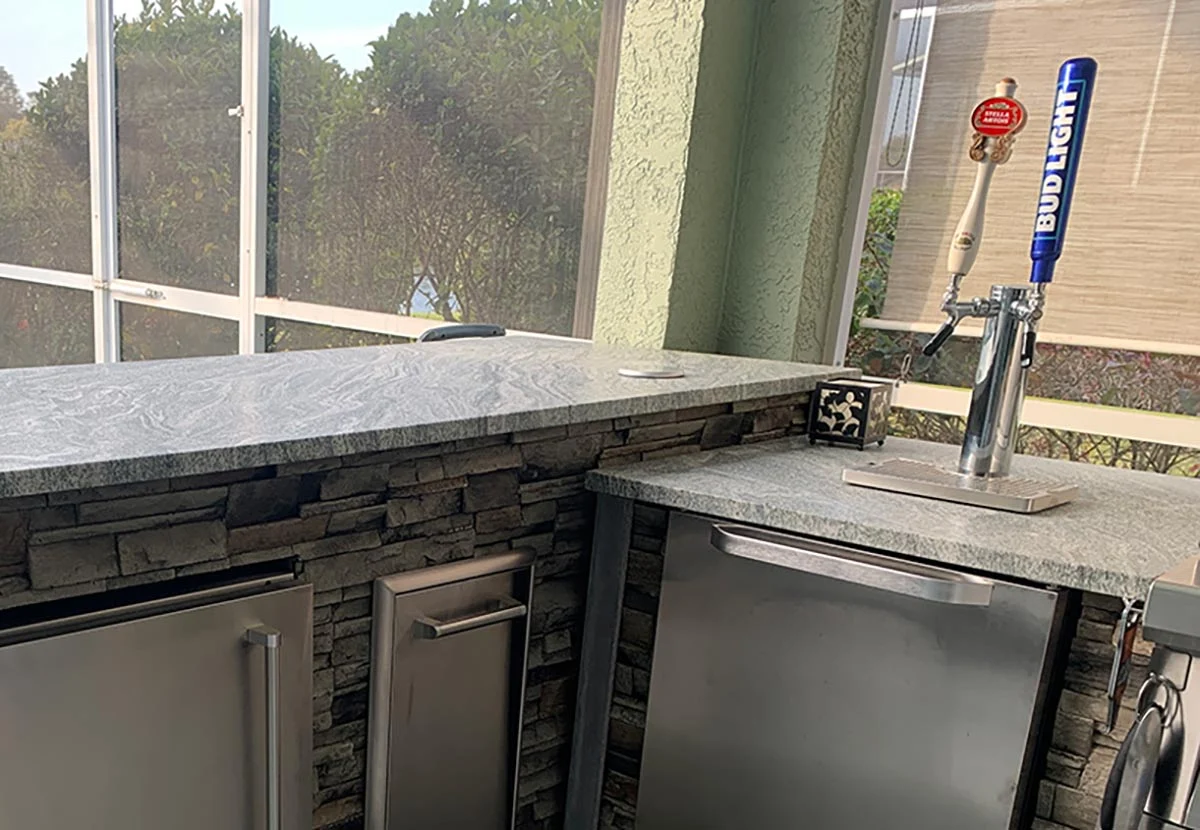

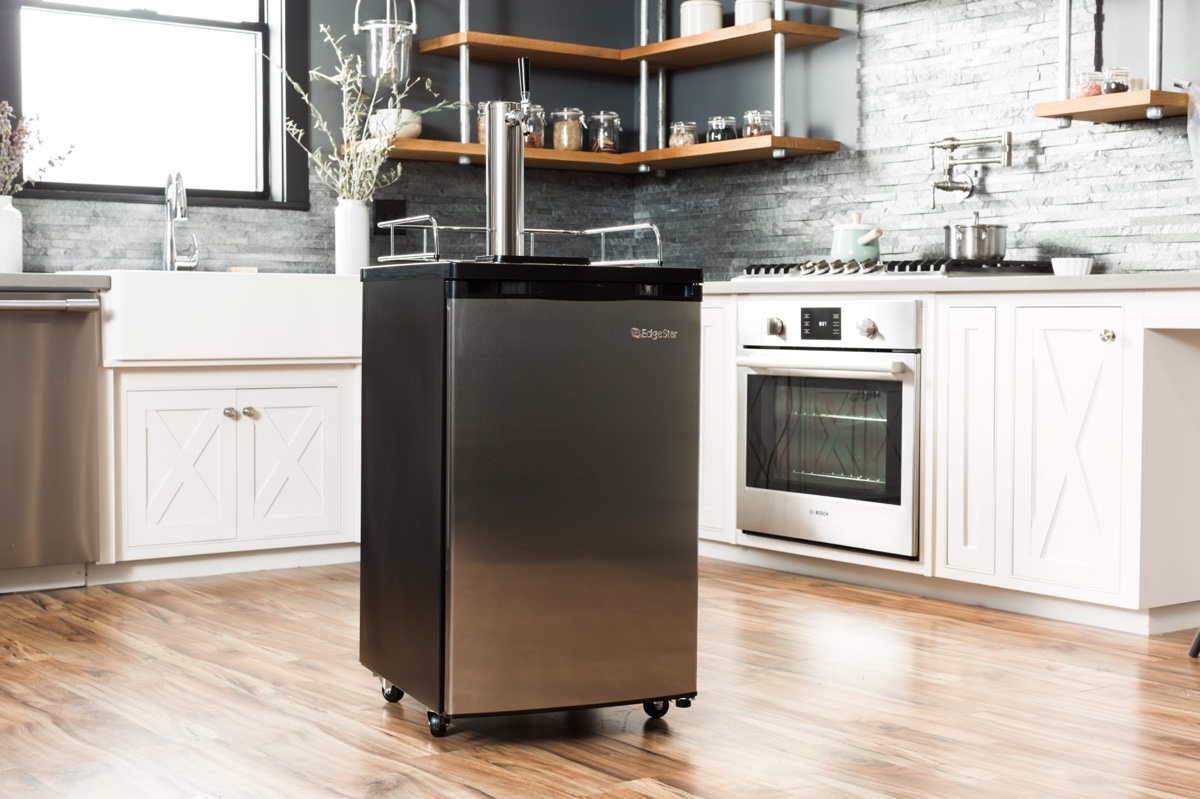
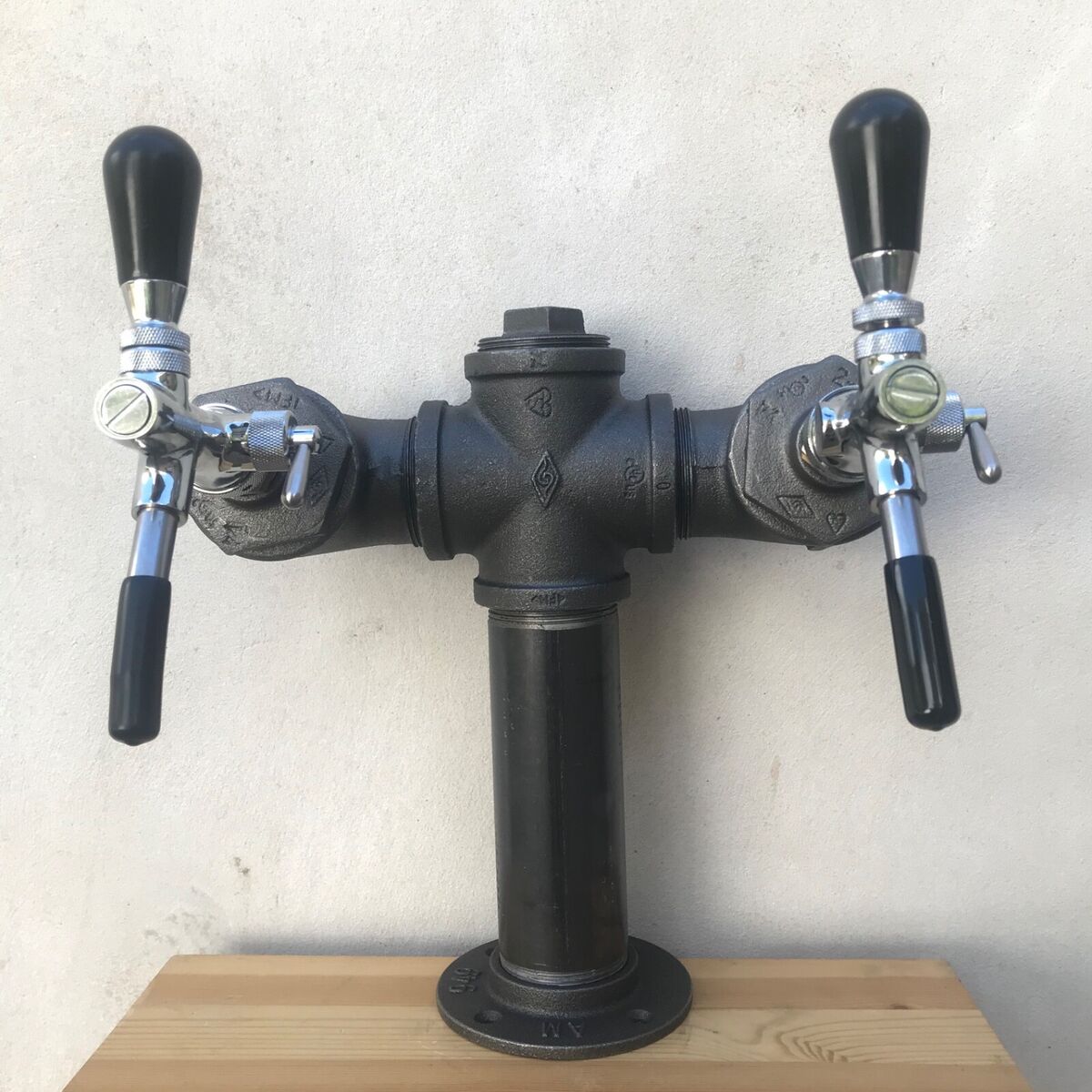
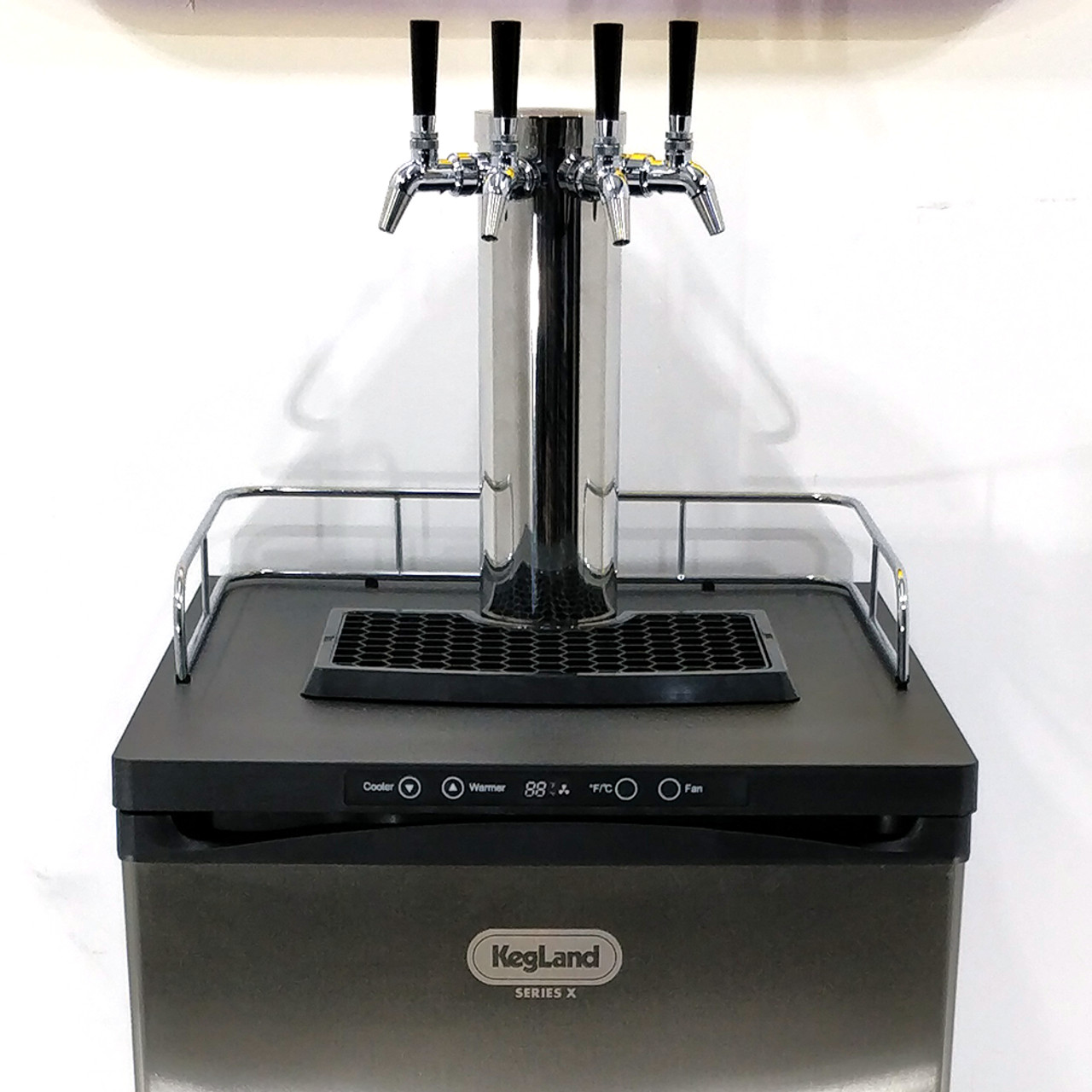
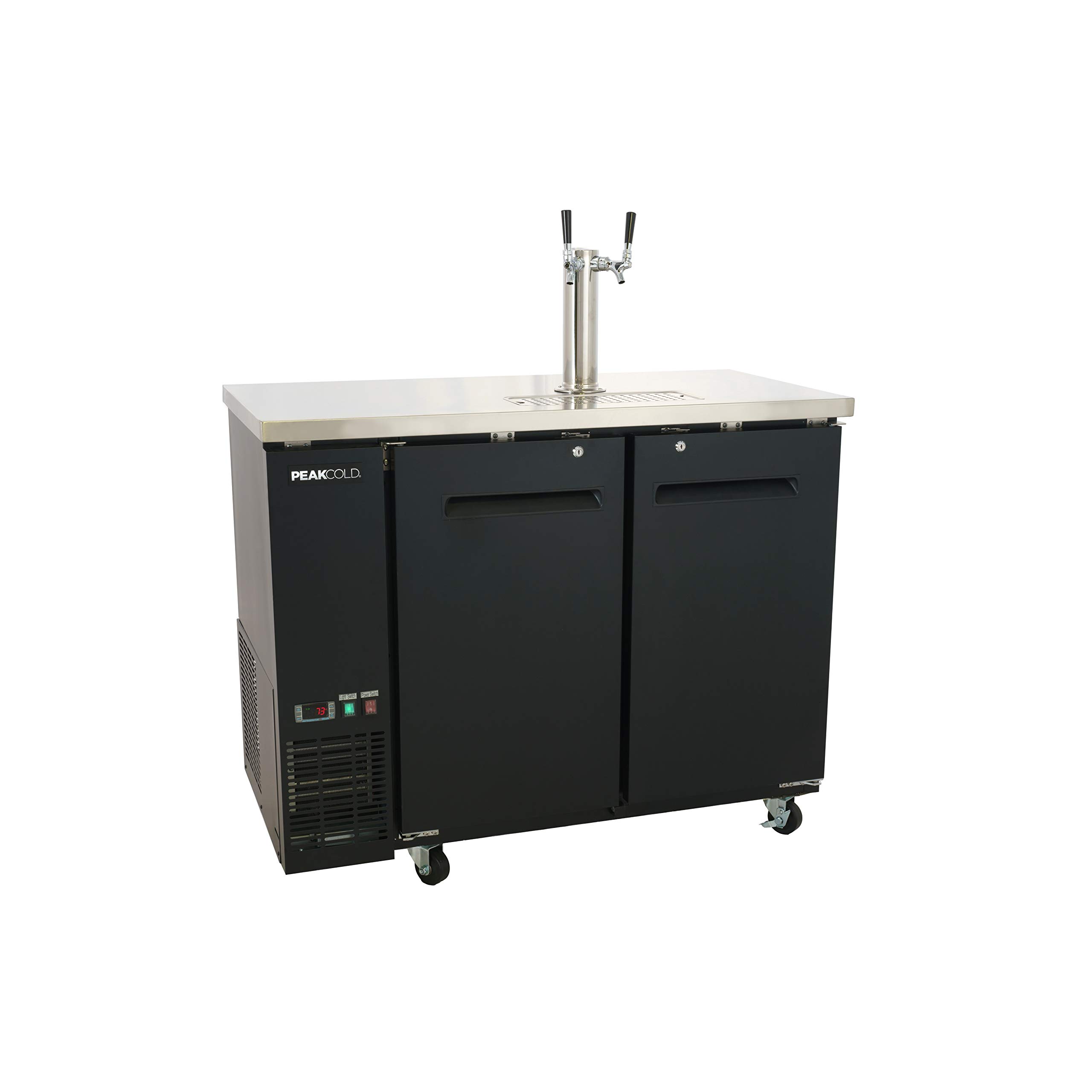
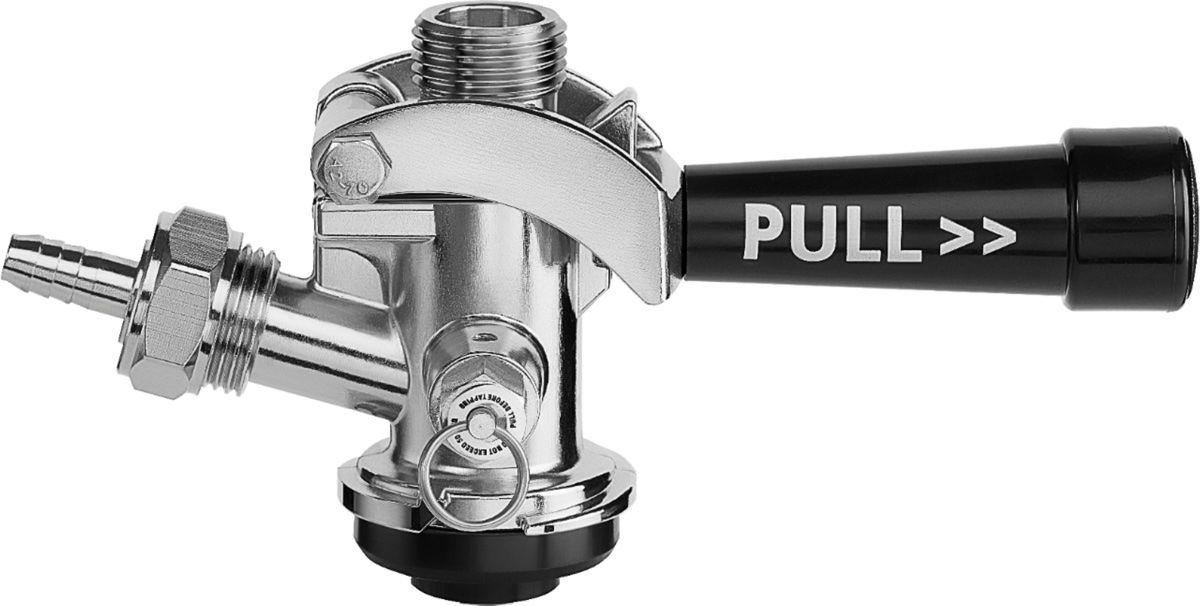
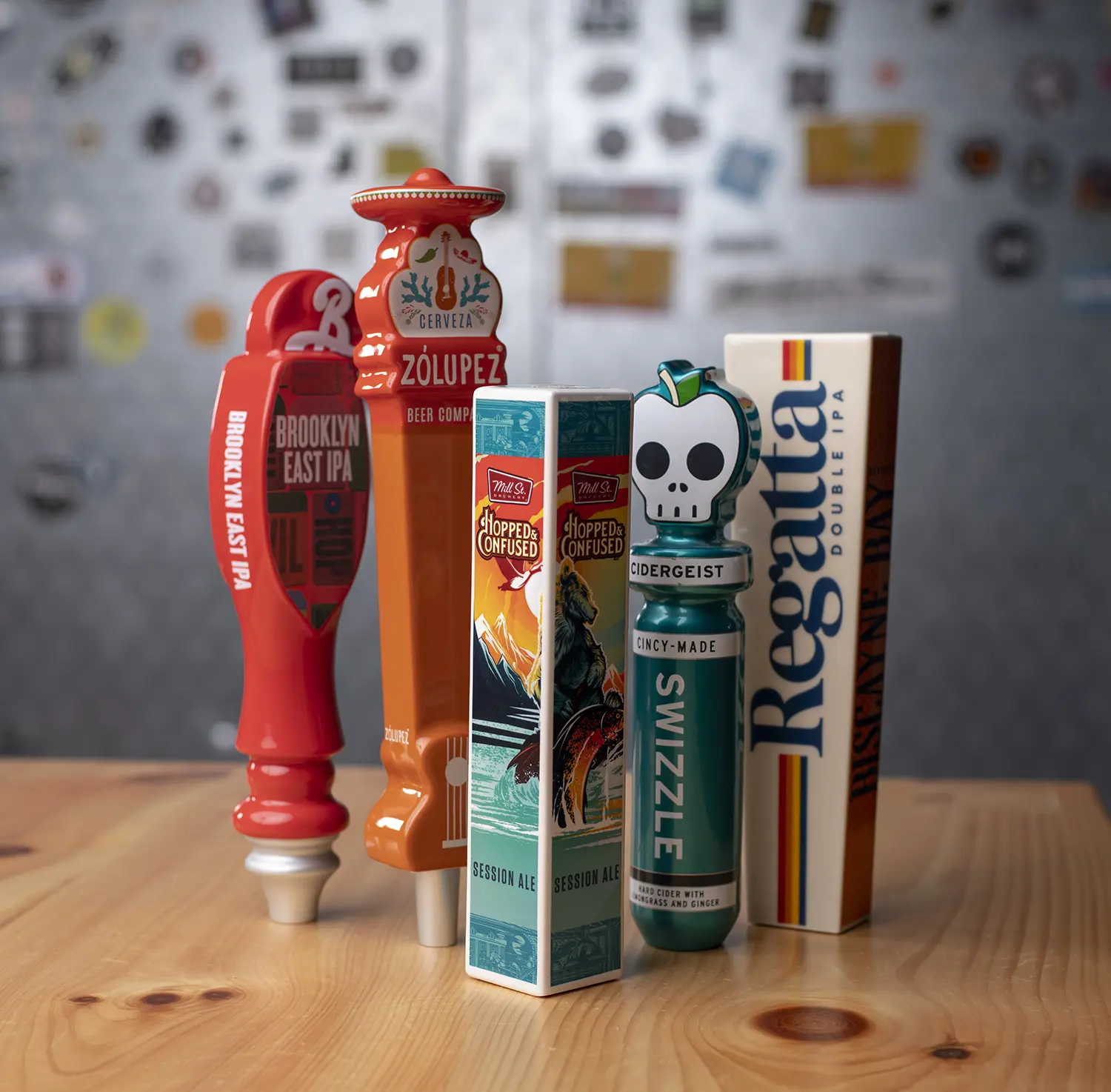
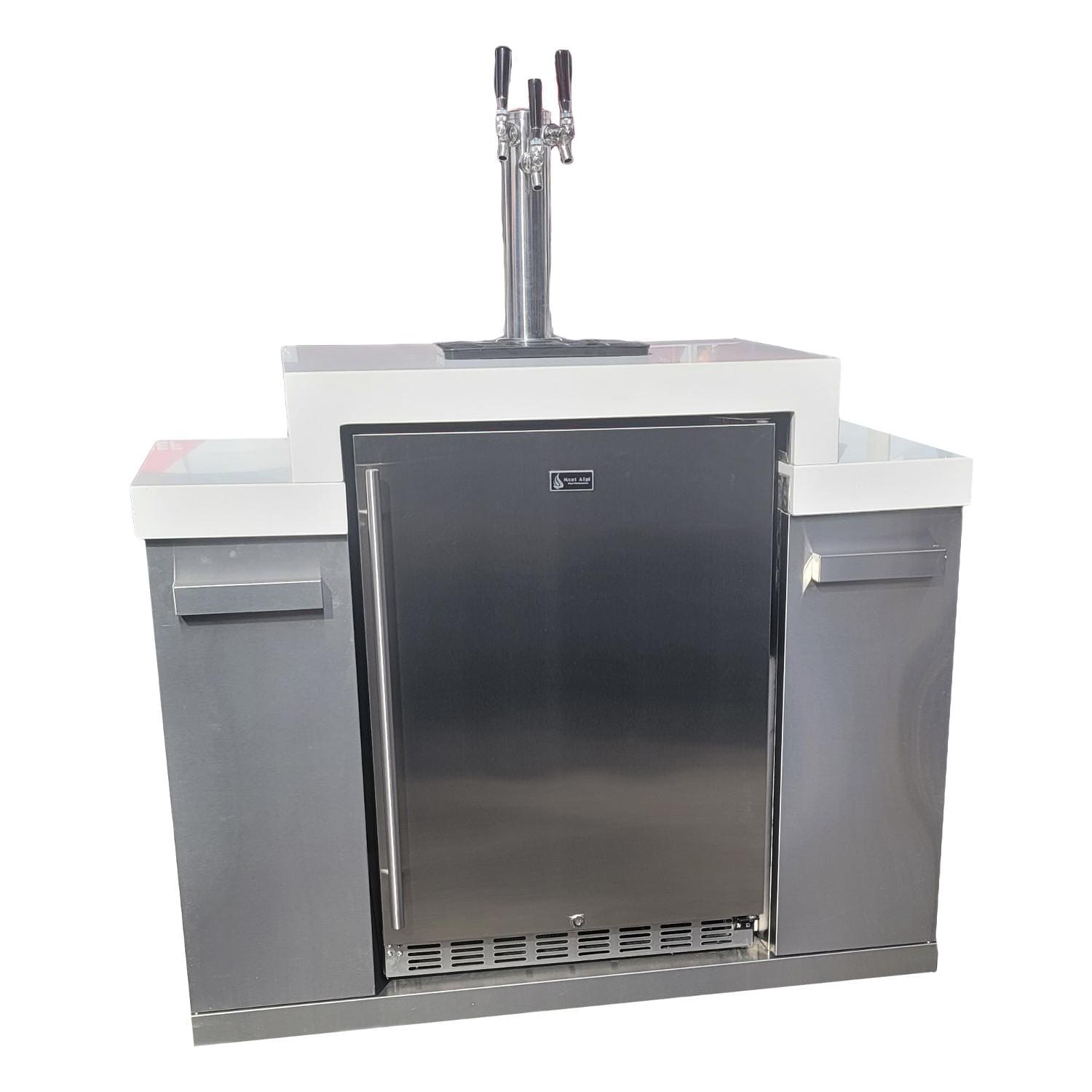
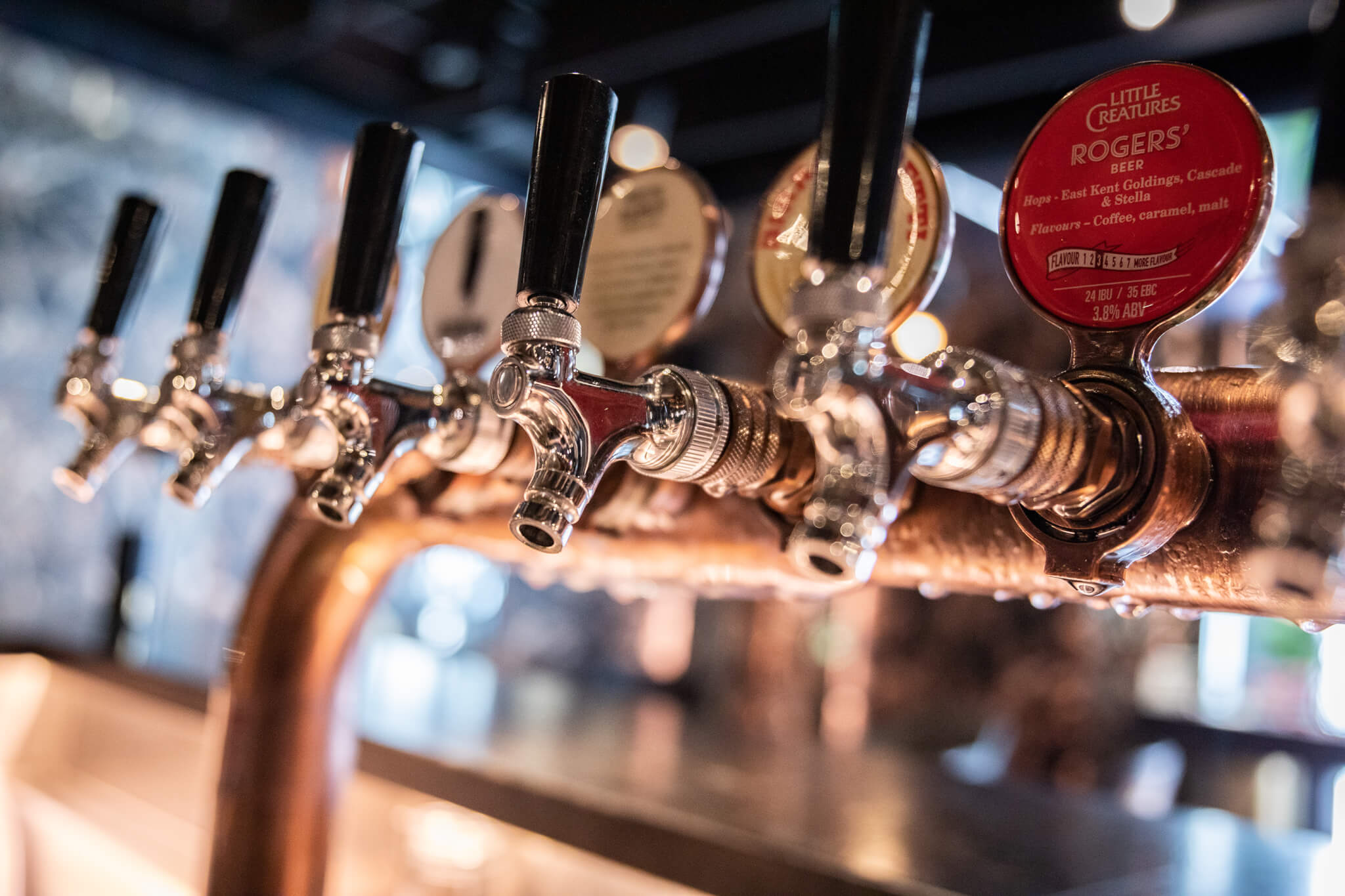
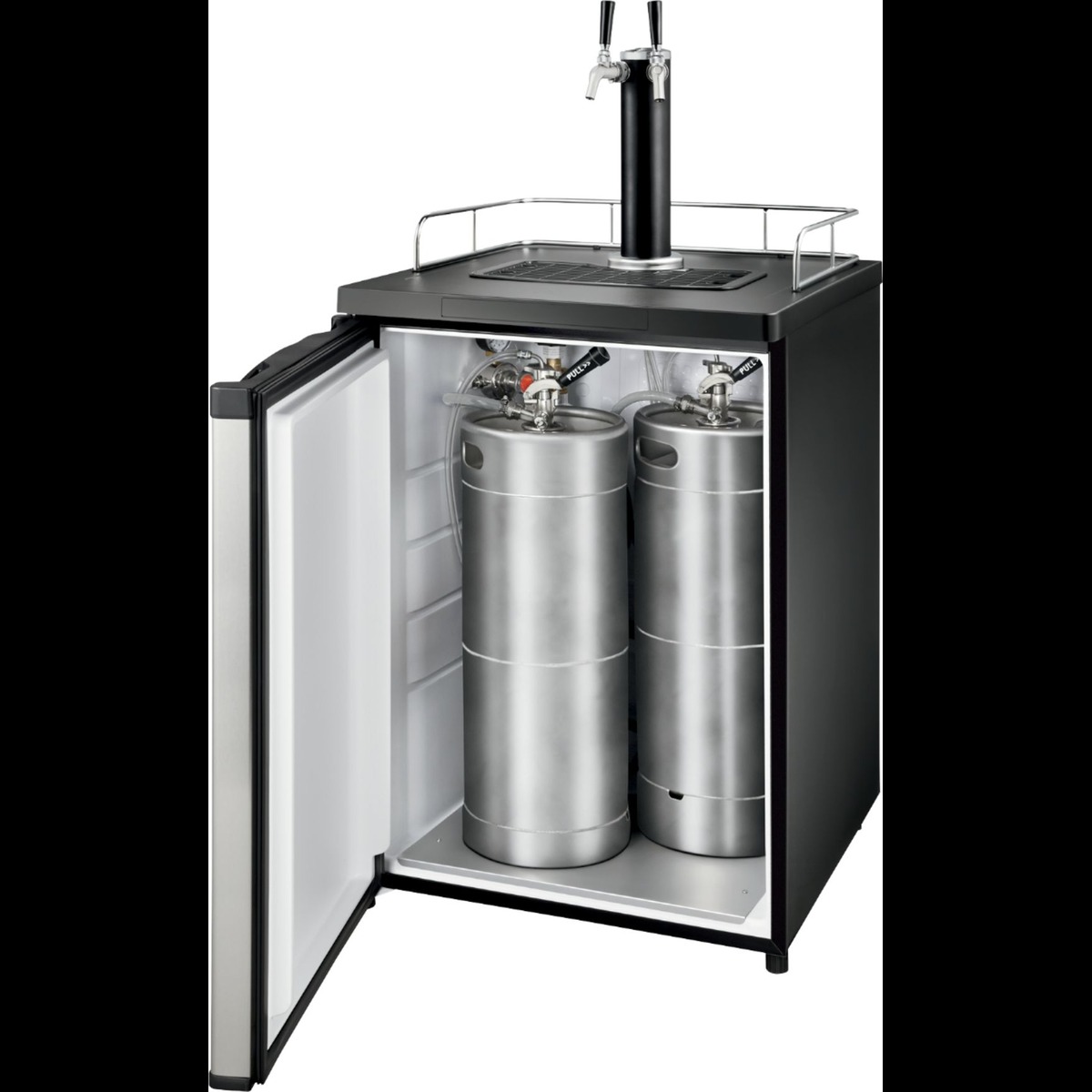
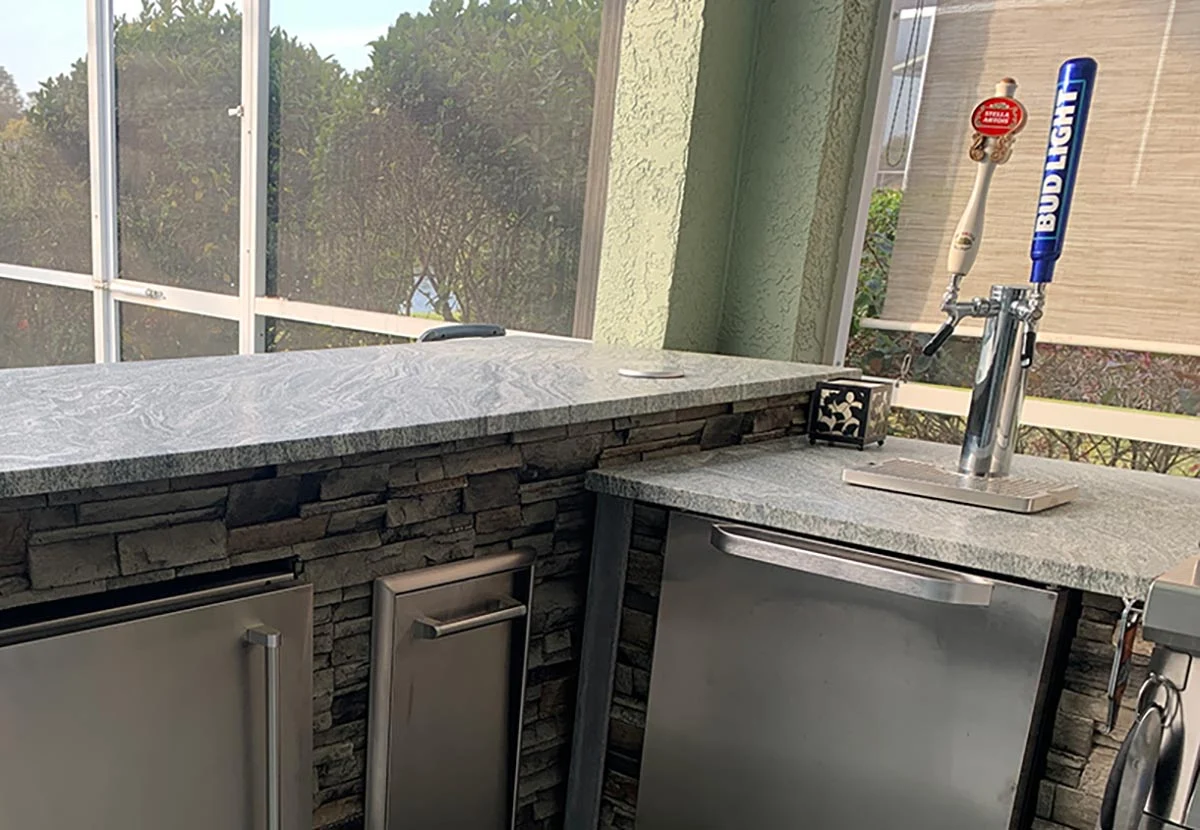

0 thoughts on “How To Two Tap Kegerator”